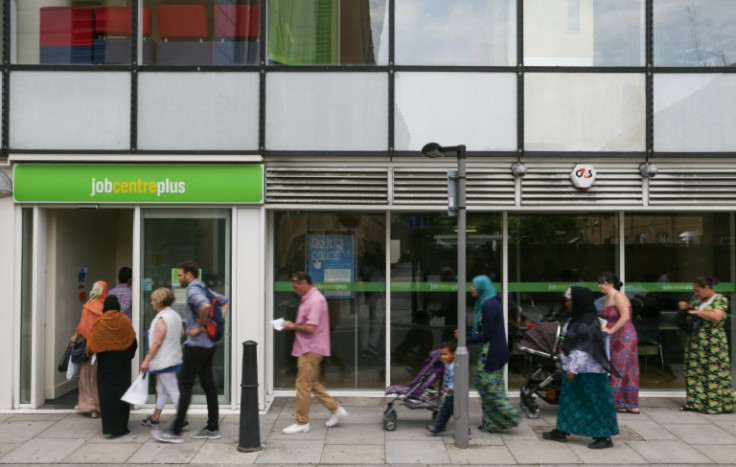Unemployment Rate in the UK: Official Figures Show Potential Discrepancy
The new data, derived from experimental results within the Labour Force Survey, could potentially exert pressure on the Bank of England to reconsider any immediate plans for interest rate cuts.

In a recent revelation by the Office for National Statistics (ONS), the UK's unemployment rate may have been significantly lower than previously estimated at the end of last year.
The new data, derived from experimental results within the Labour Force Survey, could potentially exert pressure on the Bank of England to reconsider any immediate plans for interest rate cuts. However, analysts caution against placing too much reliance on these numbers, citing additional factors that suggest a more cautious economic outlook.
According to the latest figures released by the ONS, the three-month period leading up to November 2023 saw notable trends in the UK labour market. Employment levels witnessed a modest increase, with approximately 33.05 million individuals aged 16 and over engaged in employment.
The employment rate for individuals aged 16 to 64 also experienced a slight uptick, reaching 75.8 per cent, a marginal improvement from the previous quarter. Over the course of the last year, employment levels surged by 267,000, signalling a positive trajectory in the job market.
Conversely, the official unemployment rate stood at 4.2 per cent, with approximately 1.46 million individuals aged 16 and over categorised as unemployed. While this figure represents an increase of 16,000 since the previous quarter, it reflects a substantial rise of 216,000 compared to the previous year.
Notably, unemployment levels exceeded pre-pandemic figures by 84,000, indicating lingering challenges within the labour market despite overall growth.
Moreover, the data highlights a significant portion of the population, approximately 8.68 million individuals aged 16 to 64, classified as economically inactive, yielding an inactivity rate of 20.8 per cent.
While there has been a marginal decrease of 45,000 people in this category since the previous quarter, the numbers remain notably higher compared to pre-pandemic levels, underscoring persistent hurdles in labour force participation.
One particularly concerning trend is the decline in the number of vacancies, which fell both in the last quarter and over the year to 934,000 from October to December 2023. Despite remaining 133,000 above pre-pandemic levels, this decline suggests potential challenges in job creation and market demand, further complicating the landscape for job seekers.
On the wage front, the data presents a mixed picture. Average wages, inclusive of bonuses, experienced a real increase in the three months leading up to November 2023, with an annual change of 1.4 per cent. However, when excluding bonuses, the real annual change in wages was slightly higher at 1.5 per cent.
Nominal wages continued their upward trajectory, registering growth rates of 6.5 per cent including bonuses and 6.6 per cent excluding bonuses. While these figures offer some optimism for workers, they also raise questions about inflationary pressures and their potential impact on purchasing power.
Despite the seemingly positive data, economists like Samuel Tombs, chief UK economist at Pantheon Macroeconomics, remain cautious about the outlook for employment. Tombs suggests that more recent evidence indicates a potential uptick in unemployment, citing a surge in redundancy notifications received by the Insolvency Service and heightened Google searches related to redundancy.
"More recent evidence suggests that unemployment has begun to rise at a faster pace," he wrote.
"For instance, the number of redundancy notifications received by the Insolvency Service in the four weeks to January 21 was 17 per cent higher than in the same period a year ago."
These indicators, he argues, suggest a more pessimistic view of the labour market, potentially necessitating a downward adjustment in interest rates by the Bank of England.
"Accordingly, we still think that the MPC likely will reduce Bank Rate to 4.50 per cent by the end of this year, from 5.25 per cent, with the first step down coming in May, though the risks that the initial cut comes later are rising."
© Copyright IBTimes 2025. All rights reserved.





















